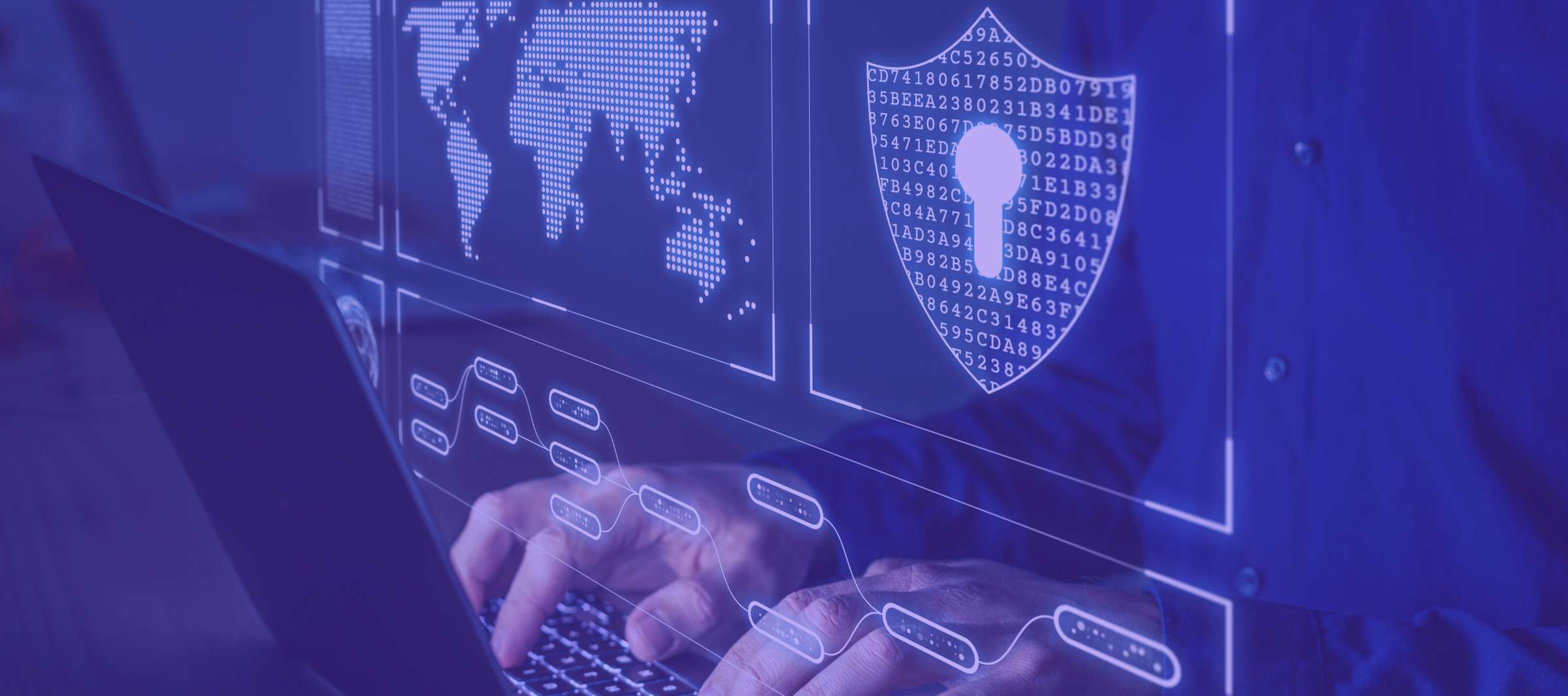Article content
As we embrace Safer Internet Day in 2024, it's crucial to reflect on how far we've come and the hurdles we still face in safeguarding our digital environment. In our modern, interconnected society, where smart devices are seamlessly woven into our routines and AI shapes our tech experiences, the call for strong cybersecurity practices has never been louder.
Navigating the Vulnerability Maze of IoT Devices
IoT devices have become an integral part of our lives, from smart home gadgets to industrial sensors. However, their widespread adoption has also brought about heightened security risks. Despite increased awareness, many devices still lack adequate security measures, leaving them vulnerable to exploitation by cybercriminals.
Fortunately, efforts are underway to tackle these vulnerabilities head-on. Organisations like the IoT Security Foundation, a collaborative non-profit entity, are dedicated to enhancing security standards and practices across the IoT landscape and emergence of new standards and regulations coming in is providing further support. Yet, effectively navigating the complex landscape of IoT vulnerabilities demands continuous vigilance and industry-wide collaboration to proactively address emerging threats and safeguard against potential breaches.
Evolving Threats and Mitigation Strategies in the Cyber Security Landscape
The cybersecurity landscape is ever-evolving, with threat actors becoming increasingly sophisticated in their tactics. From ransomware attacks on critical infrastructure to nation-state-sponsored espionage campaigns, the breadth and depth of cyber threats are staggering. To counter these challenges, organisations and individuals must adopt a multi-layered approach to cybersecurity.
Emerging Strategies...
- Zero Trust Model: Apply a "never trust, always verify" approach for all devices and connections.
- AI-powered Security: Leverage AI to identify anomalies and automate threat detection.
- Blockchain for Trust: Explore blockchain technology for secure data storage and access control.
Navigating Compliance in a Complex Regulatory Terrain
In response to the growing cybersecurity concerns, regulatory bodies worldwide have introduced and are introducing frameworks to enhance digital resilience. The Publicly Subsidised Technology Infrastructure (PSTI) in the UK and Cyber Trust Mark in the US are notable examples aimed at standardising security practices and incentivising compliance. While these regulations provide a crucial foundation for cybersecurity governance, compliance alone is not sufficient. Organisations must prioritise a culture of security, embedding it into their operations from the ground up.
Have the mindset...
- Standardisation Efforts: Collaboration between manufacturers, governments, and security experts is crucial for establishing security standards and best practices.
- Security-by-Design: Integrating security into the design and development of IoT devices is critical for long-term protection.
- Shared Responsibility: Securing the IoT ecosystem requires a collective effort from manufacturers, developers, users, and policymakers.
AI: Transforming Security Paradigms and Unveiling Challenges
AI holds immense promise in supporting cybersecurity defenses, with its ability to analyse vast datasets, detect anomalies, and automate threat responses. However, it also presents unique challenges, including adversarial attacks and ethical considerations. As AI continues to permeate every aspect of our digital infrastructure, striking a balance between innovation and security will be paramount.
Charting the Course for a Secure Digital Future
Despite the challenges, there is cause for optimism. With each passing year, we witness strides being made in strengthening cybersecurity resilience, raising awareness, and fostering collaboration across sectors. The convergence of technology and regulatory initiatives offers hope, signalling a collective commitment to safeguarding our digital future.
Key Practices...
- Patch Early, Patch Often: Regularly update firmware and software to address known vulnerabilities.
- Strong Passwords and Encryption: Implement robust authentication and encryption protocols to protect data.
- Network Segmentation: Isolate IoT devices from sensitive networks to minimise potential damage.
- Monitoring and Analysis: Actively monitor device activity for suspicious behavior and potential breaches.
- Consumer Awareness: Educate users about responsible IoT practices, like changing default passwords.
As we mark Safer Internet Day 2024, it’s a time for us to reflect on the efforts to create a safer online environment. Across the board organisations, individuals and governments are collaborating together to support a more secure space in the age of cutting-edge technology.
Subscribe to The IoT Podcast on YouTube - Here to be the first to know about our upcoming cybersecurity mini-series with the organisations and individuals making a difference to IoT and cyber security and get industry insights on how to be more cyber secure.










